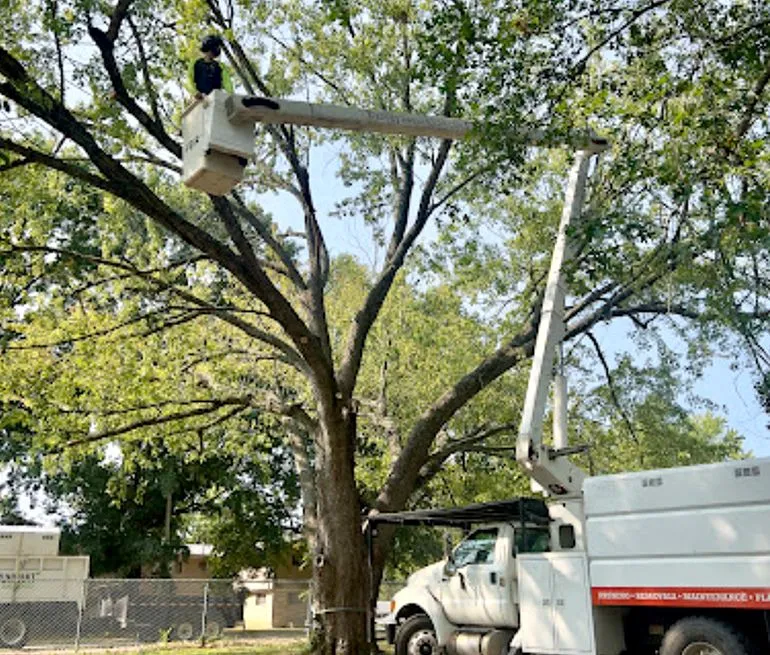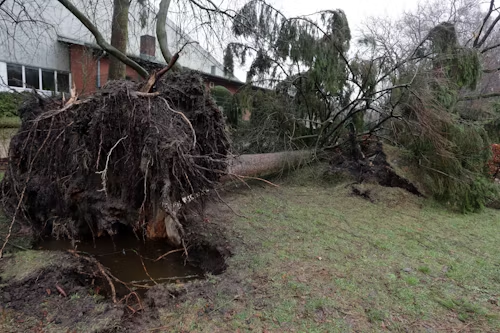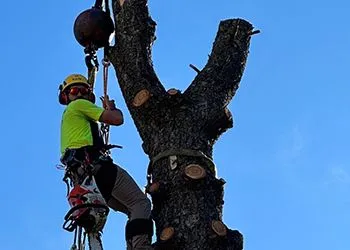Why is it best to have a professional arborist prune my trees?

Tree pruning is a vital part of maintaining a healthy and attractive landscape. While it may be tempting to grab some tools and try to do it yourself, improper pruning can do more harm than good. That’s where a professional arborist comes in. Arborists are trained and certified in the care of trees and understand the best practices for pruning to promote both safety and tree health. At Abundant Tree Care Services, our local arborists provide expert tree pruning in the greater De Soto, IL area. Here are four benefits of hiring a professional arborist for pruning services.
Improved Tree Health
One of the most important reasons to prune a tree is to remove dead, diseased, or damaged branches. A professional arborist can identify these problem areas and make precise cuts that prevent decay from spreading to healthy parts of the tree. Pruning also increases air circulation and light penetration, which helps reduce the risk of disease and supports vigorous growth. A properly pruned tree is healthier and better equipped to withstand pests, storms, and other stressors.
Enhanced Safety Around Your Property
Overgrown or unstable branches can pose serious risks to your home, vehicles, or people on your property. Weak limbs may break off during storms or high winds, causing damage or injury. A professional arborist knows how to spot potential hazards and will remove risky branches before they become a problem. By keeping trees structurally sound and balanced, you help create a safer outdoor environment for your family and visitors.
Better Tree Shape and Appearance
Pruning isn’t just about removing problem branches—it’s also about shaping the tree for a more attractive and balanced appearance. Arborists are skilled in techniques that enhance the natural form of each species, improving curb appeal and adding beauty to your landscape. Proper shaping also prevents trees from becoming overgrown and maintains symmetry that contributes to a well-maintained yard.
Protection for Nearby Structures and Utilities
Trees that grow too close to roofs, fences, or power lines can cause problems if not properly managed. Branches rubbing against buildings can lead to structural damage, and limbs near power lines can be dangerous. An arborist can safely trim trees in tight spaces without harming surrounding property. Their expertise ensures that your trees grow in a way that complements your home rather than threatens it.
Professional Tree Pruning in De Soto, IL
For expert
arborist services in De Soto, Carbondale, and Southern Illinois, contact Abundant Tree Care Services at
618-227-2881. Feel free to give us a call to request an estimate!




